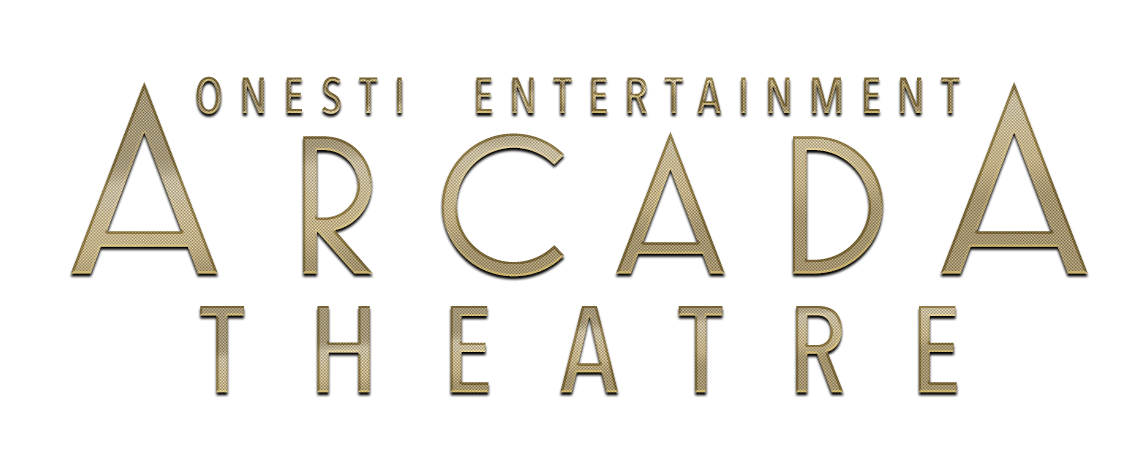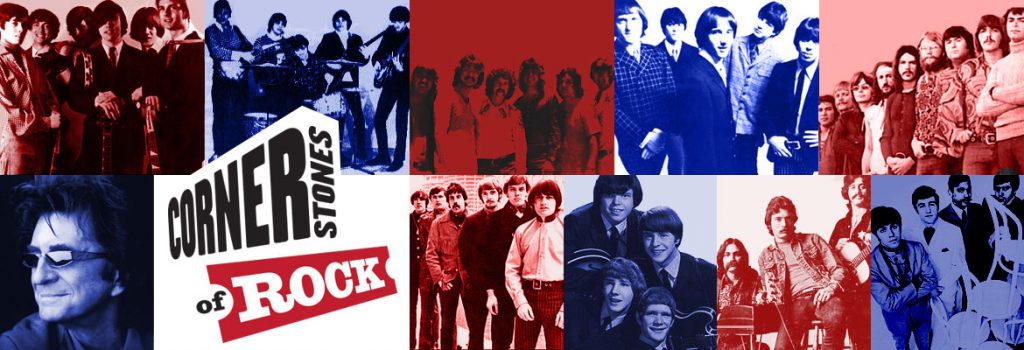Just like each region of this great country can be defined by its food, its climate and its way of speaking, each area can also be defined buy its music.
Whether it is the country music of the South, the surfin’ music of the West or the street-corner doo-wop of the East, the term “garage rock” came to describe the music activity prevalent in Chicago from 1963-1969.
lthough other regions in the country all had its form of garage bands (including Canada, and even Europe!), Chicago’s versions not only made a huge national splash, but also have stood the test of time, still performing to packed houses, sounding better than ever.
Recently, I was honored to host a PBS taping of the Soundstage television production of “Cornerstones of Rock: American Garage” at the studios of WTTW Channel 11 in Chicago. It was an incredible show featuring Chicago music legends the Ides of March, the Buckinghams, the Cryan’ Shames, the Shadows of Knight and New Colony Six. Making it more of a national “garage” thing rather than solely a Chicago presentation, the Standells from California and Rick Derringer of the McCoys joined the other guys on stage. And what resulted was purely magical.
To realize that bands like Tommy James & The Shondells and Paul Revere & The Raiders were also products of the “garage rock revolution” also put the whole thing in perspective for me. In a nutshell, most of the songs were about love and life for high school kids in the early Sixties.
The style of music was varied, but much of it was influenced by the British Revolution. This is evidenced particularly by the colonial-style costumes worn both by The Raiders and the New Colony Six, and by the Beatles’ “moptop” haircuts worn by of most of the others. The Buckinghams even changed its name from the Pulsations to further underscore the perceived importance of aligning itself with an English element.
It’s also eye-opening to understand this style of music really did not exist before that time. It became a movement without a label during those formative years. The genre was post-named in Rolling Stone magazine in the early ’70s. Then it spawned off other styles including “American sunshine pop,” whatever that is! Those bands, including the Brits, went down the “flower power” road for a short time.
As big as that Woodstock Music Festival year of 1969 was to the development of pop music, it was really only a couple of short years between 1969 and 1971 that truly made up that “Psychedelic Sixties” style of music and fashion. Then garage rock morphed into punk and ska and other styles of music that represented the anti-establishment foundation most of the rock ‘n’ roll formats represented.
Back to that show at WTTW. When I first arrived there, I was met by a large group of fans attending the 400-guest live taping. I have produced with no exaggeration more than 50 concerts with these bands and others like them, so many of the fans there that night were all folks I had met before. And how excited they were!
One lady came up to me actually in tears, saying this was just like the first time she saw the Buckinghams at the Holiday Ballroom on Milwaukee Avenue.
Backstage was a special treat. Each band had its own dressing room, but most of them were hanging out in the halls. It was very cool to see a couple of greatly anticipated (and one-night only) reunions back there. Carl Giammerese, the present lead singer (who is also a founding member) of the Buckinghams, was reminiscing with original Bucks’ lead Dennis Tufano; Ray Graffia Jr. of the New Colony Six was talking with former “NC Six” member Ronnie Rice; and Jim Peterik of the Ides swapped stories with the great McCoy Rick Derringer. I was definitely trapped in a glorious rock ‘n’ roll time warp.
The Shadows’ frontman Jimy Sohns was his usual animated self, joking around with the Shames’ Tom Doody and Jim “J.C. Hooke” Pilster. As I took a step back and really took it all in, “Back To The Future” had a whole new meaning for me!
Then came the show. As I walked on stage, the crowd erupted, sooooooo ready to experience this pop-rock hit factory of bands. After warming up the audience, I brought up my buddy, on-air Chicago rock-radio icon Wendy Snyder of WGN, who revved up the audience with the first act … Ides of March!
That’s when the barrage of musical bullets hit us all, right in the gut! Really, to think these iconic songs all originated from the philosophical garages in the alleys behind the neighborhood bungalows, lined with beat up, 55-gallon garbage cans; thick, splintered wood electric poles, and broken concrete, is just incredible. Those guys literally went from playing Kick the Can to pumping out million sellers!
For example, those amazing opening horns on “Vehicle” gave us all chills high enough to throw a Hula-Hoop over! Then came “L.A. Goodbye” … and it kept coming. Each band did a few of their hits with highlights including Buckinghams’ smashes “Kind Of A Drag,” “Don’t You Care,” “Mercy, Mercy, Mercy,” “Hey Baby (They’re Playing Our Song)” and “Susan.” Are you kidding me!?!
How about the Cryan Shames’ “Sugar And Spice,” “I Wanna Meet You,” and “We Could Be Happy?” Add to the mix New Colony Six’s “I Will Always Think About You” and “Things I’d Like To Say,” Jimy Sohns’ of the Shadows of Knight original rendition of “G-L-O-R-I-A,” The Standells’ “Dirty Water” and the classic Rick Derringer’s McCoys version of “Hang On Sloopy.” It was a jukebox explosion that reminded us all (not that we really needed it) just how important that era and that genre was to the development of popular music — and how relevant still it is today on the national radio circuit.
After it was over, I don’t know who was more disappointed, the audience or the performers. It was like that scene at the end of the Tom Hanks, Madonna, Geena Davis and Rosie O’Donnell baseball movie, “A League Of Their Own,” when the ladies of the All American Girls Professional Baseball League of the 1940s went from vibrant young athletes to mature retired women of the current day, except for the fact that these guys are all still performing, and as fabulous as ever!
Yes, we all went back to “The Garage” that night. But in reality, those garages with the greasy floors, wooden-wall acoustics and spinning-blade lawn mower hanging from the ceiling were truly better than any stage out there. Long live the “American garage!”
Hmmm, I wonder if this show will go out on tour and play places like The Arcada?

